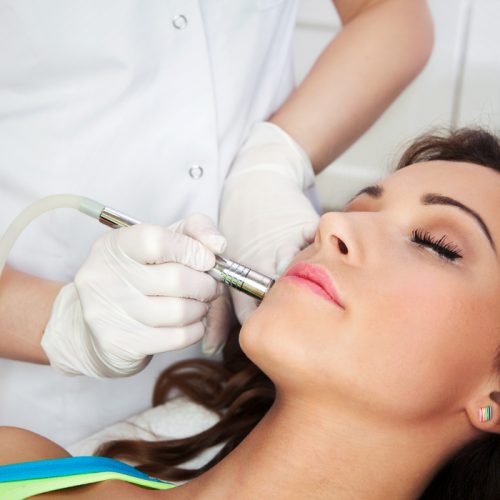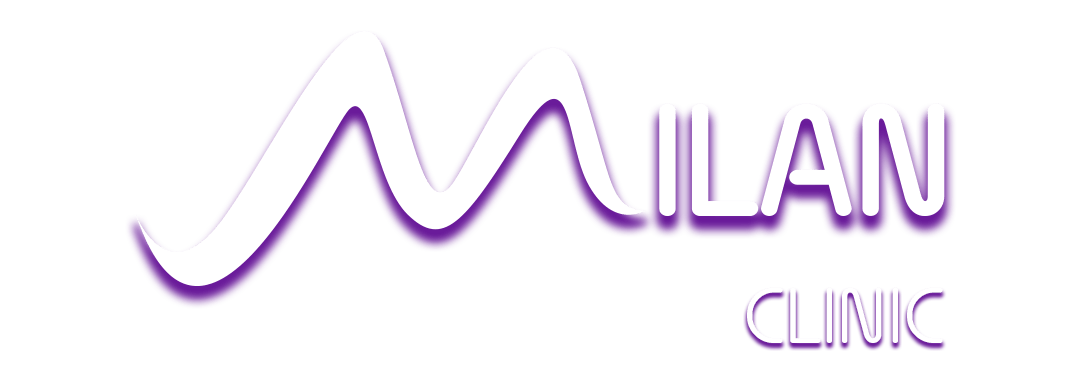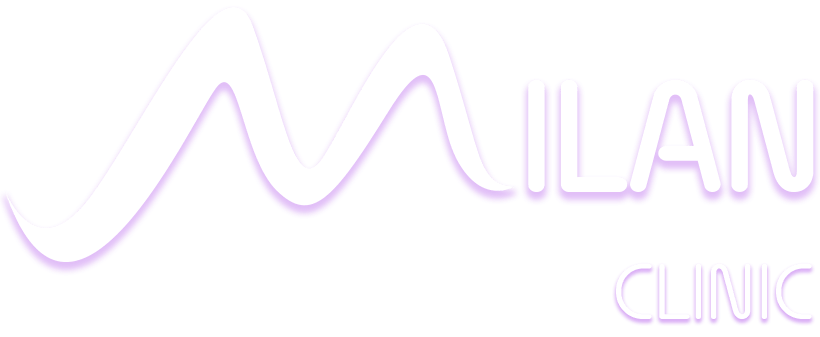Laser Skin Resurfacing
Skin damage can be caused by various factors such as age, stress, sun tan, and acne. Laser skin resurfacing treatment helps rejuvenate the skin. This is used on the skin to treat wrinkles, blemishes, acne scars, lines around the eyes and mouth, brown spots, and sun-damaged skin. It provides good results and can be used for all skin types.


